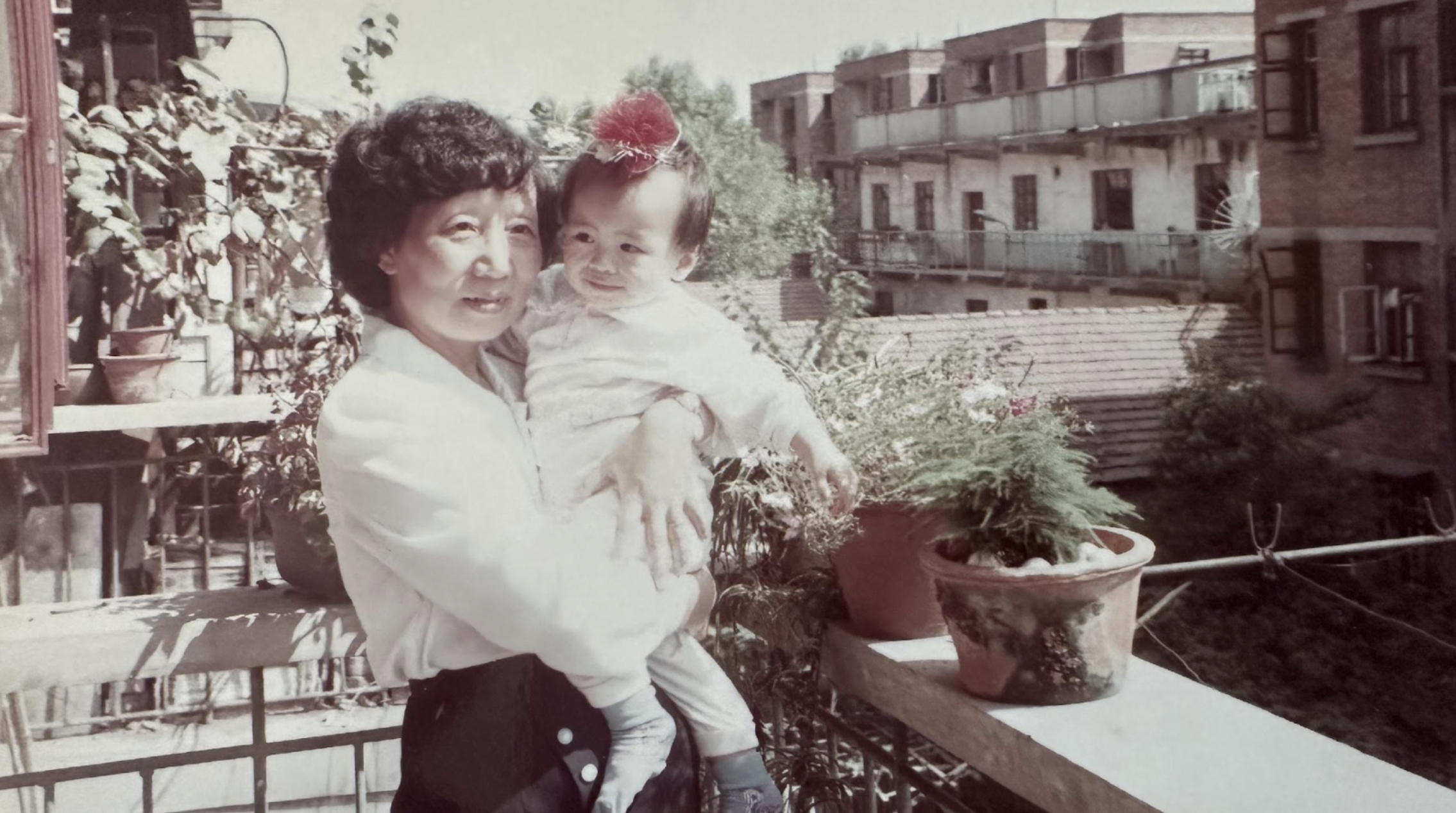After almost 11 weeks of strict limits on movement, with millions of people confined to their homes, Wuhan is gradually easing the restrictions put in place in the wake of the outbreak of novel coronavirus Covid-19. The Chinese city of 11 million reopened transport links to the rest of the country for citizens in possession of a green health QR code from midnight on April 8, the latest in a series of measures aimed at slowly bringing the city back to life.
The QR codes — which rate users based upon their recent travel and health history — have emerged as one of the key pieces of technology employed by Chinese authorities to allow movement of people across the country as businesses and transport links cautiously reopen. Wuhan will, of course, still be some way from getting back to normal, but the lifting of restrictions on movement over the city’s borders is at least a positive milestone amid the constant barrage of bleak coronavirus-related headlines.
Related:
 Wǒ Men Podcast: Journalist Yuli Yang on Her #GoWuhan CampaignWhen her hometown went into lockdown, Yuli Yang decided to help send messages of hope and support from around the world to Wuhan citizensArticle Mar 23, 2020
Wǒ Men Podcast: Journalist Yuli Yang on Her #GoWuhan CampaignWhen her hometown went into lockdown, Yuli Yang decided to help send messages of hope and support from around the world to Wuhan citizensArticle Mar 23, 2020
Tens of thousands of residents were booked onto the first trains out of the city in more than two months, with destinations including Shanghai, Shenzhen, and Chengdu. Taxi services also resumed within the city, and Wuhan authorities marked the “end” of the lockdown with a light show along the banks of the Yangtze River:
#Wuhan lit up its skyline at midnight tonight to mark the end of the city’s #coronavirus lockdown. #China Central Television carried it live. #covid19 pic.twitter.com/xSguUXTtY7
— Stephen McDonell (@StephenMcDonell) April 7, 2020
Chinese social media has been flooded with messages of support for Wuhan, including a special music video to mark the day from pop star Li Yuchun (Chris Lee). Many are posting images of the city’s first day of “unblocking” — the hashtag “Wuhan unblocked” on microblogging service Weibo has quickly amassed millions of views in a few short hours — while even traffic jams have become a cause for celebration, with Wuhan’s first post-lockdown rush hour attracting plenty of attention. “This is the Wuhan we know,” is one popular message accompanying such posts.
Nevertheless, residents are still being urged to stay in their homes as much as possible and, as with much of China, certain restrictions and control measures remain in place.
Related:
 Wuhan Musician Xu Bo: “I’m Still Optimistic About the Future”Chinese Football’s frontman on life under lockdown and his post-quarantine hopesArticle Mar 17, 2020
Wuhan Musician Xu Bo: “I’m Still Optimistic About the Future”Chinese Football’s frontman on life under lockdown and his post-quarantine hopesArticle Mar 17, 2020
Elsewhere in the country, people are trying to bring some semblance of normality back to their lives, albeit nervously. In Shanghai for example, parks were full of people over the weekend but public transport networks and numerous office buildings still insist upon face masks being worn, while temperature checks prevail in many restaurants and bars.
Uncertainty also abounds. In Beijing this week, local authorities were forced to publicly deny rumors (link in Chinese) that schools in the capital would not be returning to in-person classes until the beginning of the next academic year on September 1. While most schools remain closed, there was a reminder that China continues to be nervous about large gatherings. This past weekend, authorities in Huangshan were forced to close a major national park shortly after it opened due to floods of tourists visiting for the nationwide Qingming holiday.
People are packed at Huangshan (Yellow Mountain), a jagged range of more than 70 knifelike peaks in eastern China’s Anhui province, after quarantine ban lifted in most parts of China #CoronavirusPandemic pic.twitter.com/SiVunZJys5
— Keith Zhai (@QiZHAI) April 5, 2020
Such fear and uncertainty, mixed with a State media narrative that now frames the main Covid-19 threat as coming from overseas, plus stoking of speculation that the virus didn’t actually originate in China (or was a US plant), has also resulted in reports of a “new wave of xenophobia” against foreigners in China.
As Covid-19 wreaks havoc across the world, perhaps one of the few certainties when it comes to the virus is that the full ramifications of its spread remain unclear. Another certainty is that it will take time for Wuhan to get back on its feet. But as the devastating impact of the virus continues to unfold, the tentative reopening of the city most closely associated with the disease can hopefully offer some optimism in the global effort to overcome Covid-19.
















